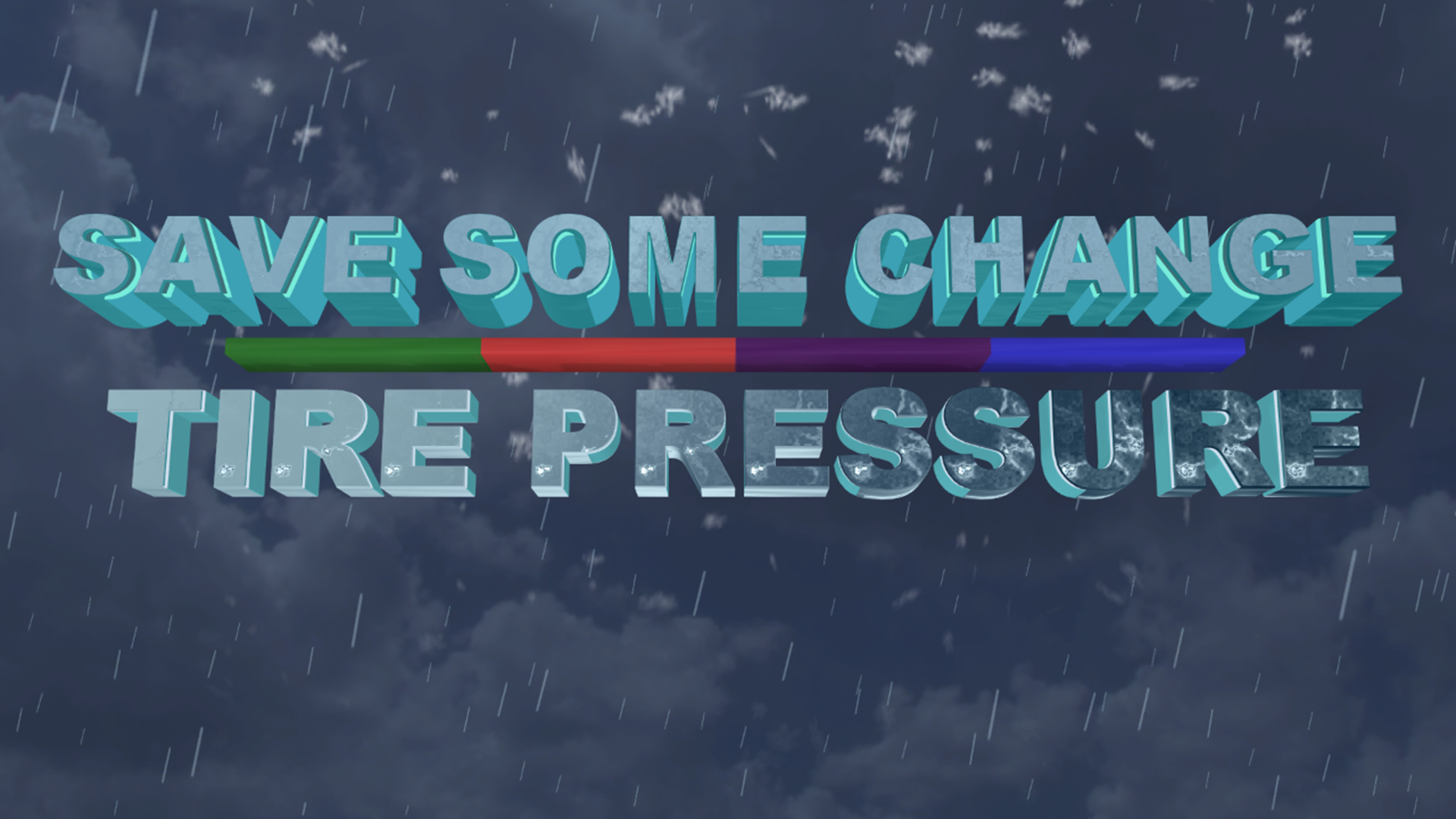MACON, Ga. — Every winter season, temperatures drop and so does tire pressure.
The result can be more than just annoying car tire lights that pop up on your dash.
Low tire pressure can cost you at the pump by lowering fuel economy and often results in quicker tire tread wear.
Tire pressure and temperature are directly related. Air pressure in any constant volume decreases as the temperatures get colder.
That's why you may have noticed that bagged food shrinks in the refrigerator and freezer. The same principle applies to car tires exposed to the elements.
When your tire pressure is low, more of your tire's surface area is in contact with the road surface. This leads to more friction as your car moves along.
More friction means your engine has to work harder to move the car along the roadway and this ultimately costs you more with each fill up.
A study by the U.S. Department of Energy showed that a 1% drop in tire pressure can result in a .3% drop in fuel economy.
It may sound confusing, but it breaks down to this. A car with usual tire pressure of 32 psi that gets 25 mpg may see the fuel economy fall to near 20 mpg. That loss in mileage can really add up.
Added friction also means more tire tread wears off with each spin of the wheel.
Estimates vary on how much additional tire wear occurs, but we know that friction increases tire wear, and that could lead to needing to replace tires sooner than if they were properly inflated.
Not properly inflating tires can also cost you your life.
Improperly inflated tires are the leading cause of blowouts. How a driver reacts to a blowout could be the difference between an inconvenience on the side of the road and a serious crash, so check your tire pressure as the temperatures fall. It will save you some change.
There are more ways to save change as the seasons shift.
The U.S. Department of Energy recommends opening your windows to take a advantage of natural heat from the sun, maintaining heating systems with regular service to keep them up to date, and lowering holiday lighting costs by using LED lights.
Washington Energy Services says you can also find and seal drafts where warm air escapes your home or get a tankless water heater.
People can also use warm clothes and blankets instead of turning up the heat, keeping blinds closed when it’s cloudy outside to keep their homes insulated, or use space heaters in small areas of the home – like the bathroom or kitchen – instead of cranking up the heat all around, according to The Simple Dollar.

